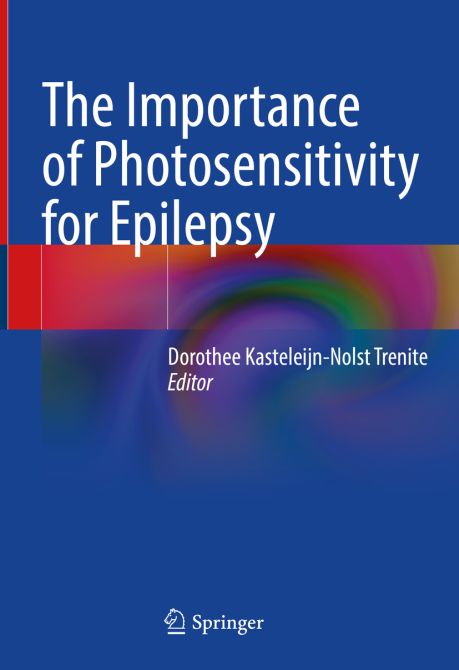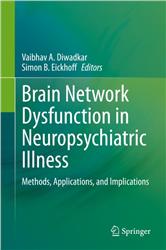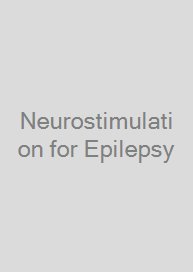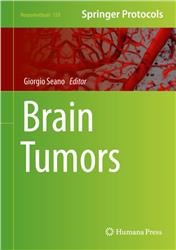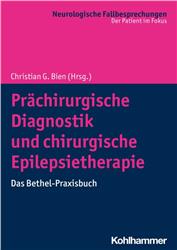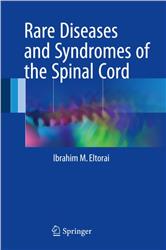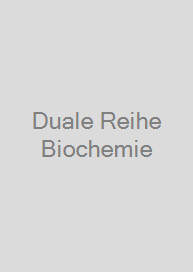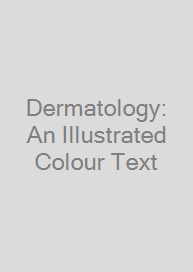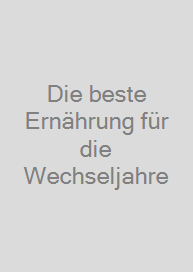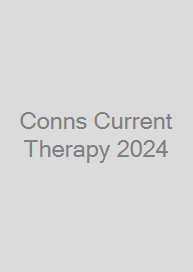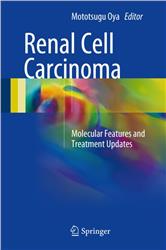Photosensitive Epilepsy
| Auflage | 1st ed. 2021 |
| Seiten | 270 p. 50 illus. |
| Verlag | Springer |
| ISBN | 9783319050799 |
| Artikel-Nr. | 608824 |
Lieferzeit ca. 5 Werktage
Produktbeschreibung
In epilepsy, the term photosensitivity is used both for a) epileptic seizures triggered by flashing or flickering light such as strobe lights, television, videogames, striped visual patterns and b) epileptiform discharges evoked by intermittent photic stimulation (IPS) during an EEG recording. Most patients with a clear history of visually induced seizures will show epileptiform EEG discharges during IPS, so-called photoparoxysmal responses (PPRs). As epileptiform discharges can be evoked in photosensitive patients at any time and repeatedly when awake, without triggering seizures, they can be considered a useful surrogate marker to determine necessity and efficacy of epilepsy treatment. With the increasing exposure of children adolescents to a variety of new potentially provocative visual stimuli, this book offers a detailed account of all aspects of photosensitive epilepsy, including genetic testing, functional imaging (fMRI, MEG), pharmacological studies, animal studies, classification based on the occurrence of PPRs in different epilepsy syndromes, as well as prevention and treatment options. In addition, the comorbidity and overlap between migraine and epilepsy will be discussed. The book provides EEG examples and a glossary and will serve as an easily accessible guide to photosensitive epilepsy for clinicians such as pediatricians, (pediatric) neurologists, epileptologists, (child) psychiatrists, clinical geneticists, neuropsychologists as well as for neuropharmacologists, occupational therapists and basic scientists.

Bleiben Sie informiert!
Melden Sie sich für den frohberg.de-Newsletter an und nutzen Sie jetzt Ihre Vorteil:- Willkommens-Dankeschön: Beatmungsmaske Rescue Me
- Aktuelle Neuerscheinungen und Empfehlungen
- Exklusive Angebote und Kongress-Highlights
